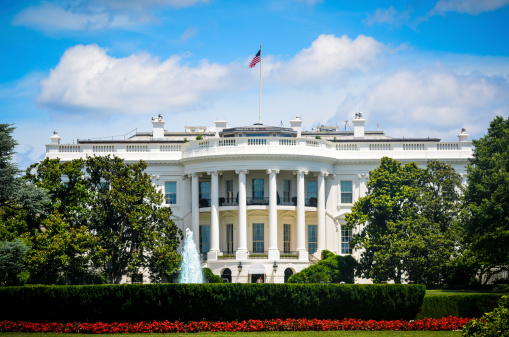
New approaches to clinical care pose regulatory challenges.
The White House recently launched the Precision Medicine Initiative, a long-term plan promising to “revolutionize how we improve health and treat disease.” It will accomplish this, the White House claims, by facilitating changes in medical treatment to take “individual differences in people’s genes, environments, and lifestyles” into account when making clinical care choices.
But the precision medicine approach depends in part upon collecting and analyzing large amounts of genetic data. These data can be collected using advanced DNA sequencing technology—technology that poses significant regulatory challenges. In response, the White House is directing the United States Food and Drug Administration (FDA) to “develop a new approach” for regulating the sequencing technologies used to gather genetic data from patients.
Today, Next-Generation Sequencing (NGS) technology can identify the genetic sequences of an individual’s genome more quickly and at far lower cost than earlier methods. It does so through generating many fragmented copies of an individual’s DNA and using computational methods to derive the actual DNA sequence of a person’s genome. One individual’s DNA sequence can be compared to others, or researchers can study many individuals’ DNA to determine whether certain markers are associated with specific attributes or illnesses.
But the many possible applications for NGS testing are part of what makes it difficult to regulate under the existing framework.
In medical practice, NGS can be considered a type of in vitro diagnostic test. The FDA typically regulates in vitro diagnostic tests—like pregnancy or HIV tests—by evaluating the accuracy and reliability of the test, and determining whether the results correctly identify a specific condition.
But NGS differs from other in vitro diagnostic tests. Rather than identifying one or two pre-determined biological markers, they can be used to find many genetic variations at the same time. Further, physicians and researchers may not yet know the relationship of a genetic variation the test has identified to particular health outcomes.
The FDA acknowledges that creating rules or standards to establish the accuracy and reliability of NGS tests remains an area for regulatory improvement.
Because NGS technologies often originate in clinical laboratories, the quality of the tests may be regulated not only by the FDA as in vitro diagnostic tests, but also by the Centers for Medicare and Medicaid Services (CMS) and state agencies under the Clinical Laboratory Improvement Amendments of 1988.
Additionally, the FDA has taken the position that in vitro diagnostic tests developed by a single laboratory are “medical devices.” As such, the FDA claims authority to regulate them under the Medical Device Amendments of 1976. FDA oversight of laboratory-developed tests has been a point of some controversy. Generally, for diagnostic tests developed by and used within a single laboratory, the FDA has not enforced all of the standards it otherwise requires for new medical devices.
In a paper published last fall, Gail H. Javitt and Katherine Strong Carner describe the existing regulatory framework for NGS and its gaps. They show that while the FDA claims authority to regulate NGS tests, the breadth of potential clinical applications for NGS test results calls this authority into question. The developer of an NGS test platform does not necessarily know the extent to which it can be used clinically and may not claim any diagnostic purpose. Thus, the intended use—one defining attribute of a medical device—may not be known before the test is used to generate genomic data. If the NGS technology is not a medical device, it is not clear where the FDA would obtain authority to regulate it.
Javitt and Carner also note that while existing clinical laboratory regulations provide some quality assurance for laboratory tests, they may not reach the actual analysis and interpretation of the NGS results. For example, a clinical laboratory may initially produce genetic sequence data, but another party may interpret those data. That party could fall outside the purview of the CMS regulatory framework. And this interpretive step may also be beyond the reach of the FDA if the methods used cannot be characterized as medical devices.
On February 20, 2015, the FDA held a workshop for “Optimizing FDA’s Regulatory Oversight of Next Generation Sequencing Diagnostic Tests” to share insights and allow public comment on the FDA’s strategy for regulating NGS. Specifically, the FDA sought input on the development of standards for NGS methods, how databases can be used to provide evidence for claims that genetic variants found through NGS are both reliable and clinically significant, and on the communication challenges posed by genetic variants for which there is only limited evidence of clinical relevance. The FDA will continue to accept public comment relating to the workshop until March 20th, 2015.



